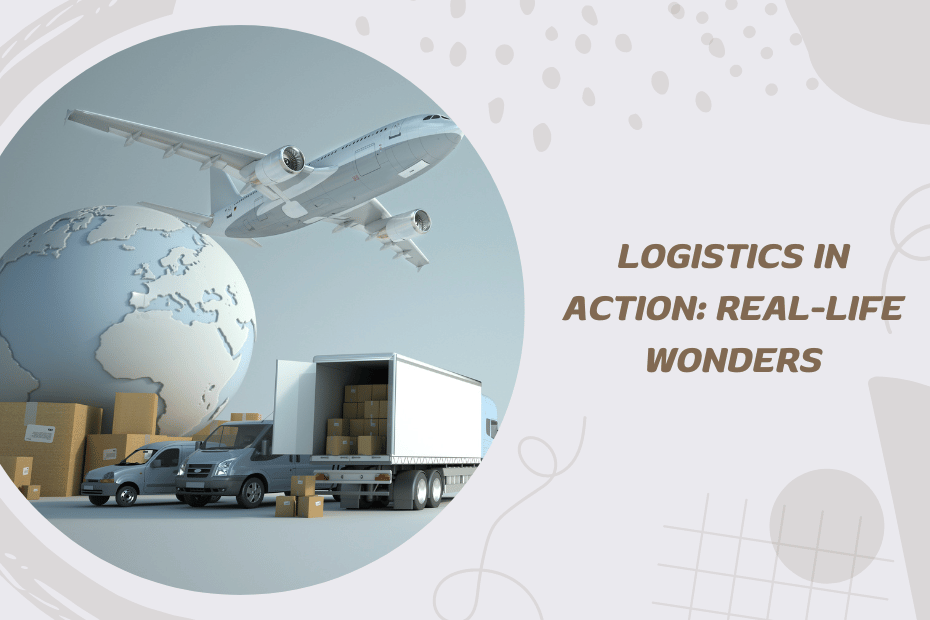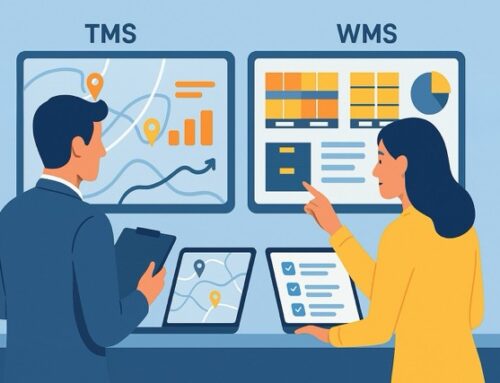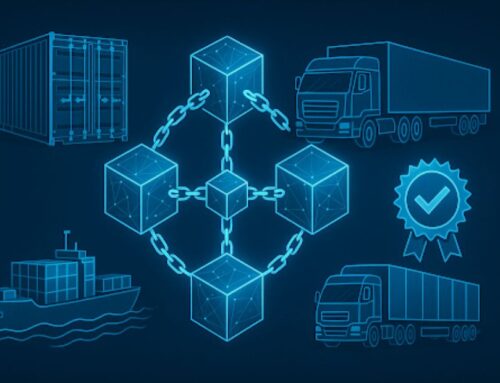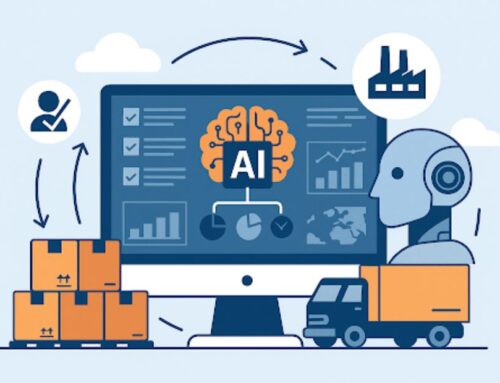Logistics is the backbone of modern commerce, ensuring that products move efficiently from manufacturers to consumers. It encompasses a wide range of activities, including transportation, warehousing, inventory management, and order fulfillment. This article explores real-life examples of logistics in action, highlighting the innovations and strategies that make these operations successful. By understanding these practical applications, we can appreciate the complexities and marvels of logistics that keep our world running smoothly.
The Role of AI in Logistics
Artificial Intelligence (AI) is revolutionizing logistics by enhancing efficiency and accuracy. AI-powered tools are used for route optimization, demand forecasting, and inventory management. For instance, AI can predict demand fluctuations by analyzing historical data and external factors such as weather patterns. This capability helps businesses maintain optimal inventory levels, reducing waste and ensuring product availability. AI is also employed in automated guided vehicles (AGVs) that navigate warehouses autonomously, transporting goods and improving operational efficiency. By leveraging AI, companies can streamline their logistics processes, reduce costs, and improve customer satisfaction. For example, Amazon uses AI to manage its vast network of fulfillment centers, optimizing the placement and movement of goods to ensure quick delivery times.
Reverse Logistics and Sustainability
Reverse logistics, the process of returning products from customers to retailers or manufacturers, plays a crucial role in sustainability efforts. It involves managing returns, repairs, recycling, and disposal of products. Efficient reverse logistics can offset the costs associated with returns while boosting customer satisfaction. Companies can reuse or recycle materials from returned products, contributing to a circular economy and reducing environmental impact. This practice not only complies with environmental regulations but also enhances a company’s reputation for sustainability. Reverse logistics is particularly important in e-commerce, where the rate of returns is higher compared to traditional retail. For example, DHL has implemented a robust reverse logistics system that allows for efficient handling of returns, minimizing waste and improving customer satisfaction.
Real-Time Tracking and Visibility
Ensuring end-to-end visibility across the supply chain is essential for making informed decisions and responding swiftly to disruptions. Advanced tracking systems and visibility tools provide real-time data on the location and status of shipments, enhancing coordination and reducing uncertainties. IoT devices can monitor the condition of goods during transit, alerting managers to potential issues such as temperature fluctuations in perishable goods. Implementing these technologies allows businesses to improve supply chain transparency, optimize inventory levels, and enhance overall efficiency. Companies like FedEx and UPS use real-time tracking systems to provide customers with updates on their shipments, ensuring a high level of transparency and trust.
Automation in Warehousing
Automation is transforming warehousing operations by increasing efficiency and reducing labor costs. Automated storage and retrieval systems (AS/RS), robotics, and conveyor systems streamline the movement and storage of goods within warehouses. These technologies enable faster order processing and reduce human error. Amazon’s fulfillment centers use a combination of robotics and human workers to process orders quickly and accurately. This blend of automation and human oversight ensures that customers receive their orders promptly, even during peak shopping seasons. Automation also allows for better space utilization, maximizing the storage capacity of warehouses. Companies like Walmart are also investing in automated warehousing technologies to keep up with the increasing demand in e-commerce.
The Impact of Digital Twins
Digital twin technology creates virtual replicas of physical assets, processes, or systems, allowing for real-time monitoring and analysis. In logistics, digital twins can simulate supply chain scenarios, helping companies anticipate and mitigate potential disruptions. For example, a digital twin of a distribution center can model the impact of various factors, such as increased demand or supply chain interruptions, and identify optimal solutions. This technology enhances decision-making, improves operational efficiency, and reduces risks. Companies that adopt digital twins can better predict outcomes, optimize performance, and achieve greater flexibility in their logistics operations. Siemens and GE are among the companies leading the way in implementing digital twin technology in their logistics operations.
Customer-Centric Logistics
Meeting customer expectations for faster, more reliable, and transparent delivery services is crucial in today’s competitive market. Implementing real-time tracking systems allows customers to monitor their shipments and receive updates, enhancing transparency and trust. Offering flexible delivery options, such as same-day or scheduled deliveries, can cater to diverse customer needs. Improving customer service through efficient communication and problem resolution can build loyalty and drive repeat business. Companies that prioritize customer satisfaction in their logistics operations can gain a competitive edge and foster long-term relationships with their customers. For instance, companies like Zappos and Nordstrom are renowned for their customer-centric logistics practices, which include hassle-free returns and 24/7 customer support.
Green Logistics Practices
As environmental concerns grow, logistics companies are increasingly adopting green practices to reduce their carbon footprint. This includes using electric vehicles, optimizing delivery routes to minimize fuel consumption, and implementing energy-efficient warehouse solutions. Green logistics practices also involve using sustainable packaging materials and reducing waste through recycling and reusing products. DHL has implemented various green logistics initiatives, such as carbon-neutral shipping options and the use of electric delivery vehicles. By prioritizing sustainability, logistics companies can meet regulatory requirements, appeal to eco-conscious consumers, and contribute to environmental conservation. UPS has also made significant investments in green logistics, including a fleet of alternative fuel and advanced technology vehicles.
In Conclusion
Logistics in action showcases the remarkable innovations and strategies that drive the efficient movement of goods and services. From AI and automation to reverse logistics and green practices, these examples highlight the importance of continuous improvement and adaptation in logistics. By leveraging advanced technologies and focusing on customer satisfaction and sustainability, logistics professionals can overcome challenges and achieve operational excellence. Understanding these real-life applications provides valuable insights into the complex and dynamic world of logistics, inspiring future advancements and innovations in the field. For further insights and strategies, exploring resources from industry experts and staying updated with the latest technological advancements can provide valuable guidance in navigating the logistics landscape.









